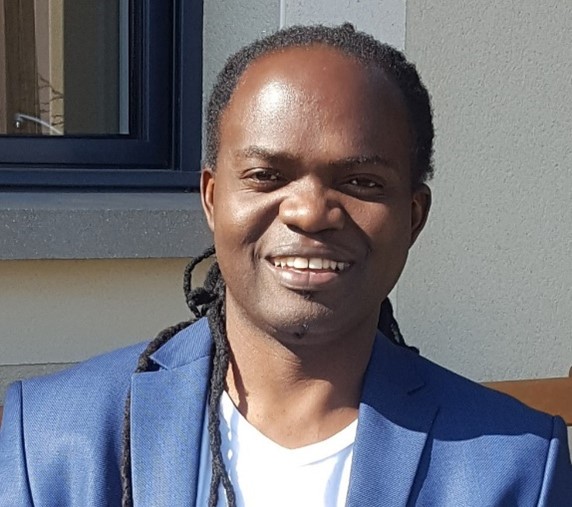Leading change
Multilingual HE is possible but will take great effort and commitment

However, it will take enormous effort and commitment given the status of English as the dominant language of tuition and research in South Africa.
“It’s been done with other languages and it can be done with our languages as well, but no one should underestimate how much effort it will take,” says Prof Laurette Pretorius, leader of a Unisa research team exploring sustainable multilingualism in South Africa.
“There is a lot to be lost if we lose our languages and a lot to be gained if we aspire towards multilingual open distance learning (ODL) and open distance e-learning (ODeL),” says Pretorius, a language technology researcher in the School of Interdisciplinary Research and Graduate Studies in the College of Graduate Studies (CGS). Her work on language technology is part of a strategic Unisa project called the Academy of African Languages and Science, which she leads.
Expectations of multilingualism
Pretorius says an expectation of multilingual higher education had been created through strategic documents such as the South African Constitution, the Use of Official Languages Act of 2012 and the White Paper for Post-School Education and Training of 2013. At Unisa specifically, this expectation has also been cultivated through the Unisa Language Policy of 2016.
While the expectation of multilingual higher education has not yet been met, the development of language technologies has reached the point where their use could be game changing, potentially setting the scene for a new learning environment—multilingual ODL and multilingual ODeL, or simply MODL and MODeL.
“Language technologies could close the language distance between the student and academics and between the student and courseware,” Pretorius says. “These technologies could also enhance student-centredness by enhancing the learning process and giving each student the unique opportunity to exploit the available resources offered by these technologies in their languages of choice.”
Evolution of the internet supports multilingualism
One of the most important recent advances in and for language technologies is the development of Web 3.0, following on Web 2.0 and 1.0.
Explaining the distinction, Pretorius says Web 1.0 produces “static read” web pages, where the language is determined by the producer of the information.
Web 2.0 is the “dynamic read-write social web” where, although language remains the prerogative of the producer of the content, the distinction between producer and consumer is less clear-cut.
Web 3.0 is the “read-write-execute” web, also known as the “semantic web”, which lends itself to the use of language technologies ranging from search engines and conversational agents to text summarisation, information extraction and machine translation, eventually at web scale.
“What can we expect from MODeL based on Web 3.0? A few examples are enhanced pedagogy, such as knowledge graphs, cross-lingual semantic search capabilities and content in our languages woven into the web,” says Pretorius.
“In future, MODL and MODeL will increasingly become Web 3.0 based, and this will be game changing. It will contribute to the intellectualisation of South African languages, thus promoting academic inclusivity and presenting significant opportunities for transformation. By so doing, we will take important steps towards meeting the expectation of multilingual higher education. A lot of work is still needed but I believe it can be done.”
*By Clairwyn van der Merwe
Publish date: 2018/08/02